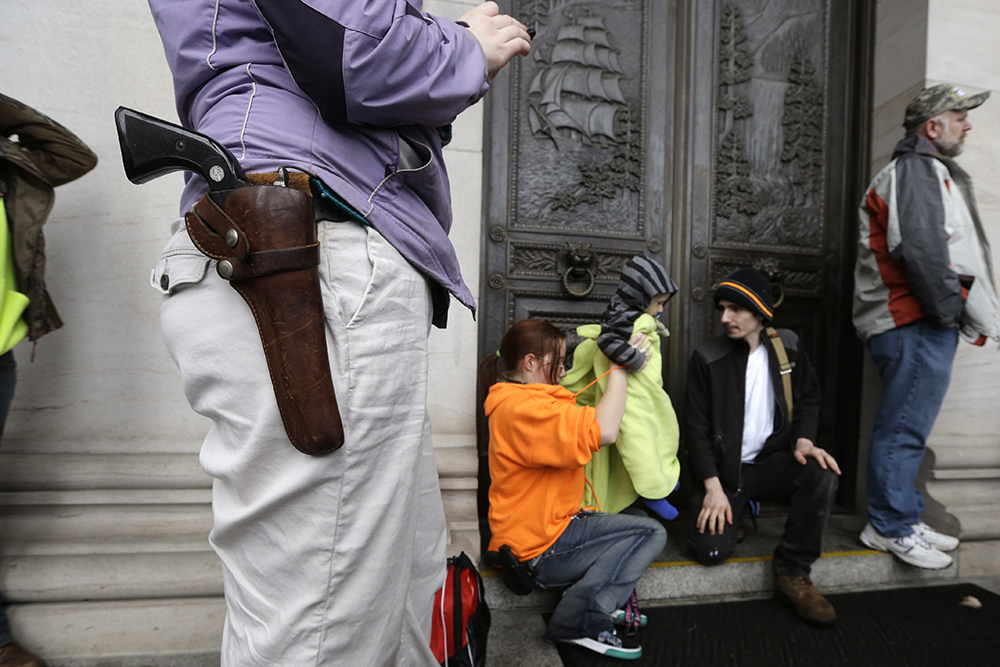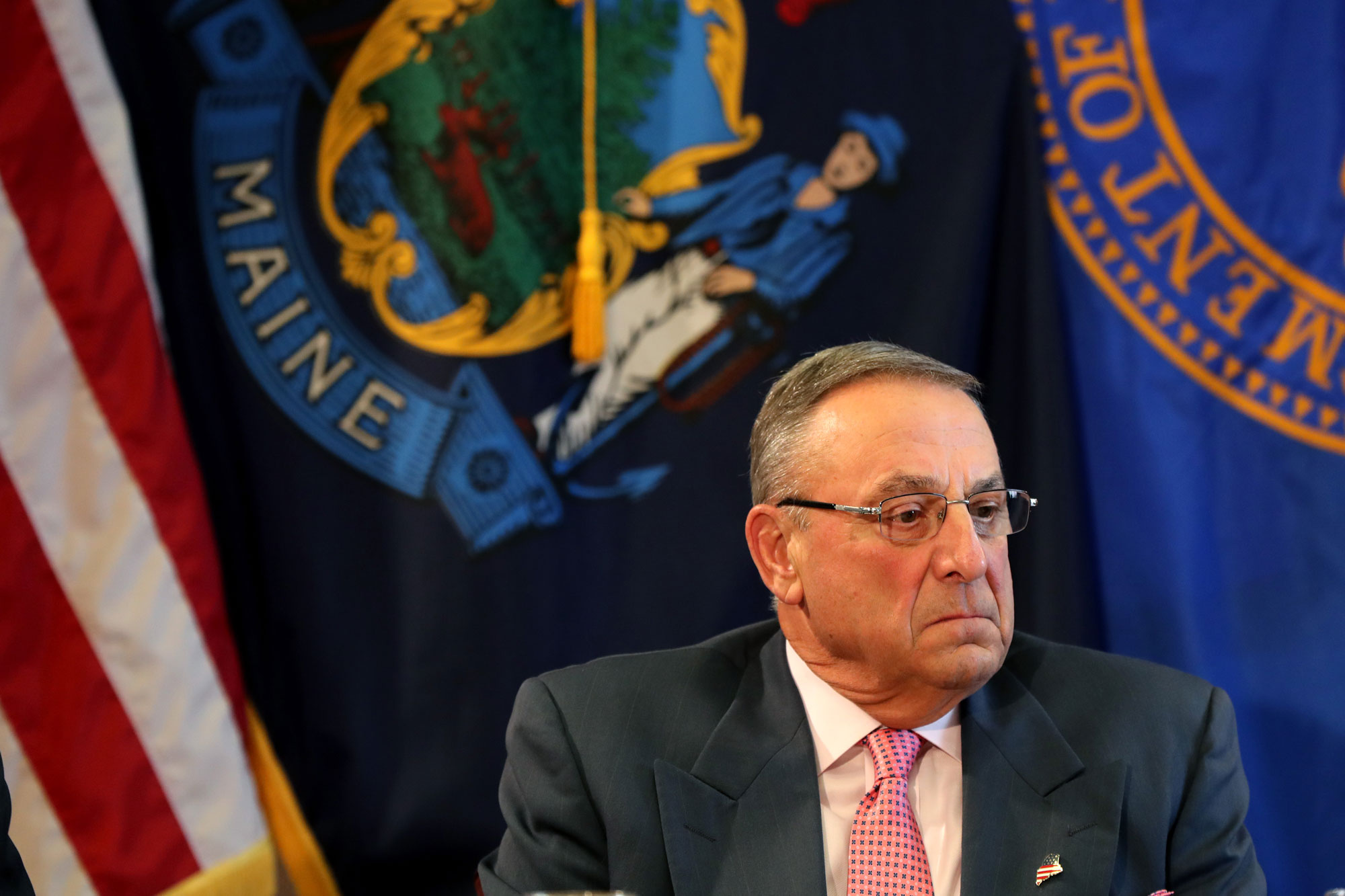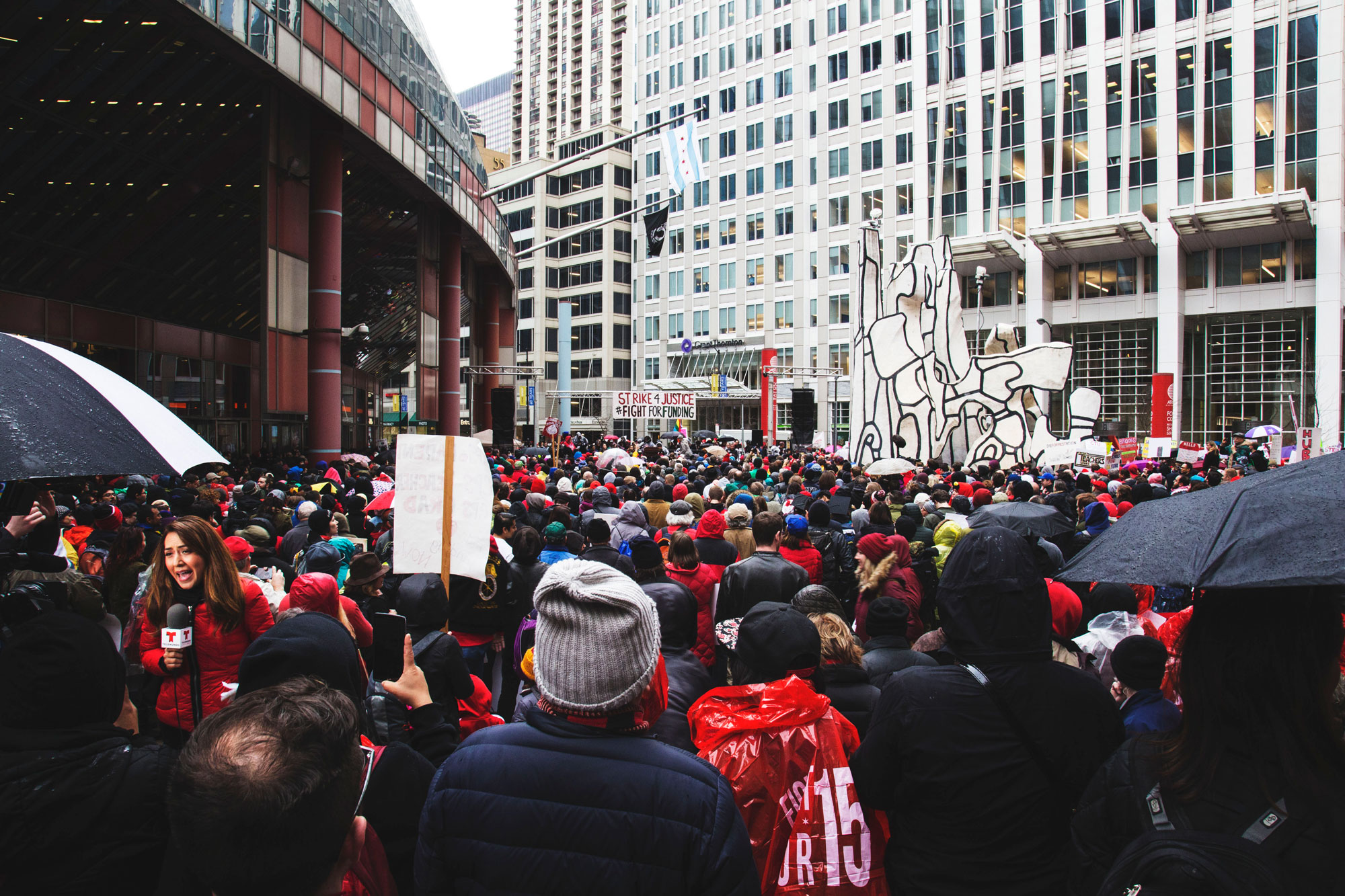A great deal of what we know about inequality in America comes from Stanford economist Raj Chetty’s work. He’s shown us how much place matters in determining upward mobility, the long-lasting effects of experiencing poverty during childhood, and that inequality has connections to everything from inventions to mortality.
Now, in a groundbreaking new study by a team of researchers at Harvard, Stanford, and the Census Bureau, he’s changing the conversation yet again. This latest study finds that even when children grow up next to each other with parents who earn similar incomes, black boys fare worse than white boys in 99 percent of the country. And, perhaps even more staggering, those gaps only worsen in neighborhoods with low poverty rates and good schools.
I spoke with Chetty to unpack this new study and what it means for our understanding of racial inequality in America.
Rebecca Vallas: So the racial income and wealth gap has long been documented, but your study sheds new light on what’s driving income inequality across racial groups. What did you find with your colleagues?
Raj Chetty: What’s new about the study is that it takes a perspective across generations. So most prior work on racial inequality in the United States has looked at people with a snapshot at a point in time—comparing adults who were, let’s say, 40 years old who were black versus white versus Hispanic and looking at how their incomes and other outcomes differ. But what we do here is use data that span across generations where we can link kids to their parents. And in this case we’re able to use anonymized data covering about 20 million kids and their parents and look at how these disparities evolve across generations.
Get TalkPoverty In Your Inbox
The key finding that emerges from this analysis is that there are very large differences by race, especially when it comes to kids’ chance of climbing and staying at the top of the income ladder. Most strikingly, even among kids who grow up in high-income families, if you’re black, you have a much lower chance of remaining in the next generation at the top of the income distribution or even in the middle of the income distribution than if you’re white. Black kids have almost an equal chance of ending up at the bottom as they do of staying at the top if they start out in a high-income family.
The reason that’s so important is that it tells us these disparities are not just arising from something that’s happening today. Trying to climb the income ladder for black Americans is almost like you’re on a treadmill. You climb up in one generation only then to fall behind again and have to climb up once more, and it’s that feature, that cycle that has to be broken to combat these disparities in the long run.
RV: Your study also found that racial inequality can’t be explained by differences in cognitive ability, which maybe sounds common sense to a lot of folks listening, but is actually pretty important as an empirical finding considering a lot of the narratives that still persist out there about what explains poverty in America.
RC: That’s right. We really don’t think differences in ability explain the gaps that we’re documenting, and there are two simple reasons for that. The first is the pattern that I just described of downward mobility across generations. It’s really only there for black boys. Black women do just about as well as white women once you control for their parental income. And that suggests first of all, if you look at most prior theories of differences in cognitive ability, The Bell Curve book for example, it does not present evidence that you’d expect these differences to vary by gender. Furthermore, if you look at test score data, which is the basis for most prior theories about differences in ability, the fact that black kids when they’re in school tend to score lower on standardized tests than white kids, that actually is true for both black boys and for black girls to the same extent. In contrast when you look at earnings there are dramatic gender differences.
And so that suggests that these tests are actually not really capturing in a very accurate way differences in ability as they matter for long-term outcomes, which casts doubt on that whole body of evidence. So, based on that type of reasoning, we really think this is not about differences in ability. One final piece of evidence that echoes that is if you look at kids who move to different areas, areas where we see better outcomes for black kids, you see that they do much better themselves, which again demonstrates that environment seems to be important. This is not about immutable factors like differences in ability.
RV: You mentioned gender differences. One of the most interesting pieces of the study—to me in particular—was that when it comes to women, it seems to be a very different story.
RC: Yeah, that’s exactly right. I think we were quite surprised by that. So there is earlier evidence showing that gaps in wages, for example, are smaller for women between black and white relative to black and white men. What we were struck by is if you just control for parental income so you look at two children, say growing up in a family making $50,000 a year, if you look at their daughters they have essentially the same outcomes in terms of earning, wage rates, employment rates, their chance of going to college. Lots of different outcomes you can look at.
If you look at boys, it’s a completely different picture. If you compare black boys to white boys you see enormous gaps in earnings and employment rates, perhaps most starkly in the context of incarceration. One in five black men born to a low-income family is incarcerated on a given day, which is just an astonishingly high rate. You don’t see anything like that for both black and white women.
Now, one thing I want to emphasize here is that in some of the public discussion following the paper, people have been a little bit surprised. “Are you saying there is no issue here for women? That doesn’t really sound right.” I want to emphasize that that is not what we’re saying. First of all, if you just look in the raw data, there is still a significant difference in the earnings of black women and white women, and the reason for that is black women still grow up in much lower-income families than white women. So it’s only once you control for parental income that their outcomes look much more similar. The second important point to note is that black women, white women, and black men all have relatively similar levels of earnings, that it’s really white men who have considerably higher levels of earnings. The reason we focus on black men is when we look at certain outcomes like the probability that they have a job or their odds of being incarcerated or their chances of completing high school, they do look like an outlier relative to all the other groups. Black men are significantly less likely to be employed than black women, they are significantly more likely to be incarcerated, they’re significantly less likely to complete high school. And so it does seem like there are a special set of challenges confronting black men. That’s not to say that there’s no issue for black women or that gender equity is not an issue, that’s just not the focus of this study.
RV: The gaps that you found in your research only worsen in neighborhoods with low poverty rates and good schools. Why is that?
RC: Both black kids and white kids do much better in places that have better schools, that have low poverty rates, that you might think of intuitively as “good neighborhoods.” So we’re not challenging that intuition at all. However, what you see in the data is that white kids gain more from being in these lower-poverty areas and from attending better schools than black kids do. And as a result the gaps between white kids and black kids are larger in those areas. So the takeaway from that is not that schools are not important or that having lower-poverty, lower-crime areas are not important; all of those things would help black kids and white kids as we’ve shown in our prior work.
What this study is showing is it is not adequate by itself to close black-white disparities. You need to do more than that. You need to perhaps integrate black kids into these better schools so that they can take advantages of the resources they offer to the same extent that white kids do.
To put it differently, thinking about socioeconomic class and neighborhood is not a substitute for thinking about race. We need to think about how to narrow racial disparities separately.
This interview was conducted for Off-Kilter and aired as part of a complete episode on March 23. It was edited for length and clarity.











